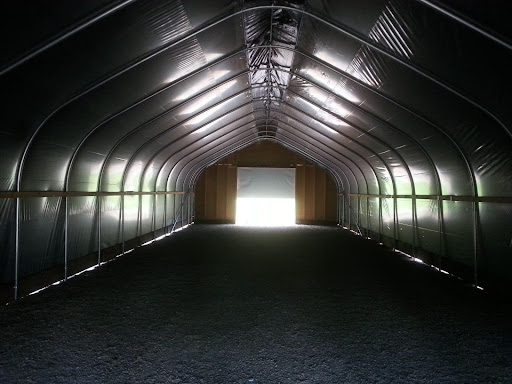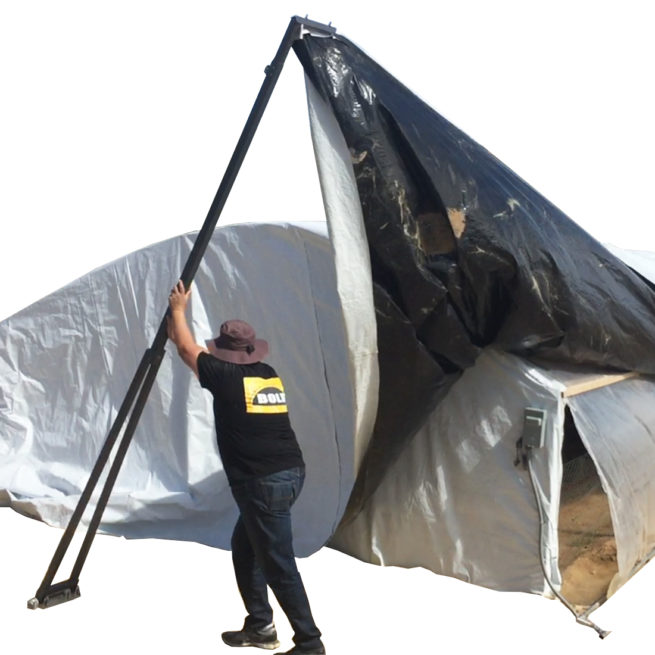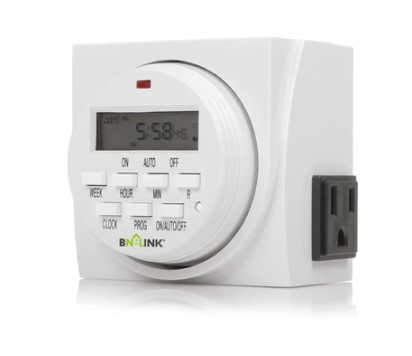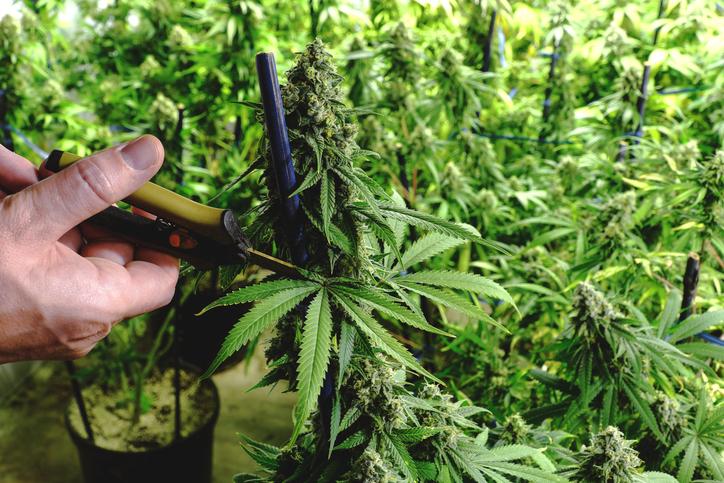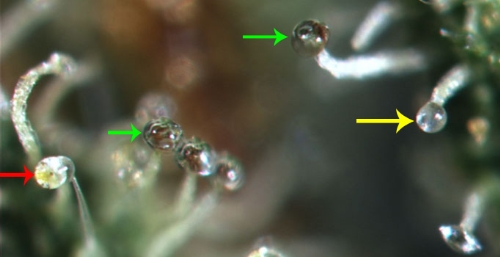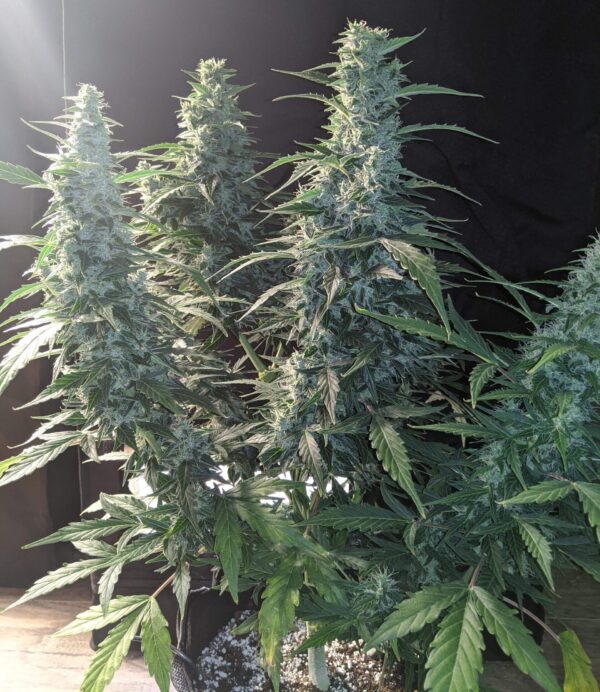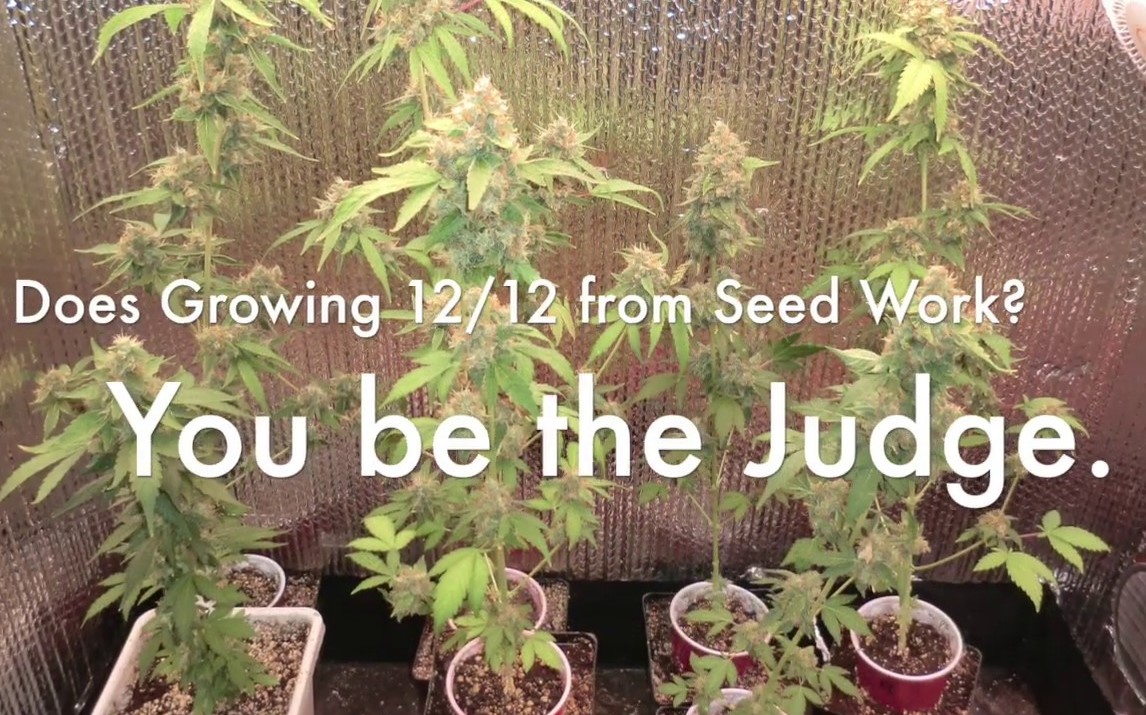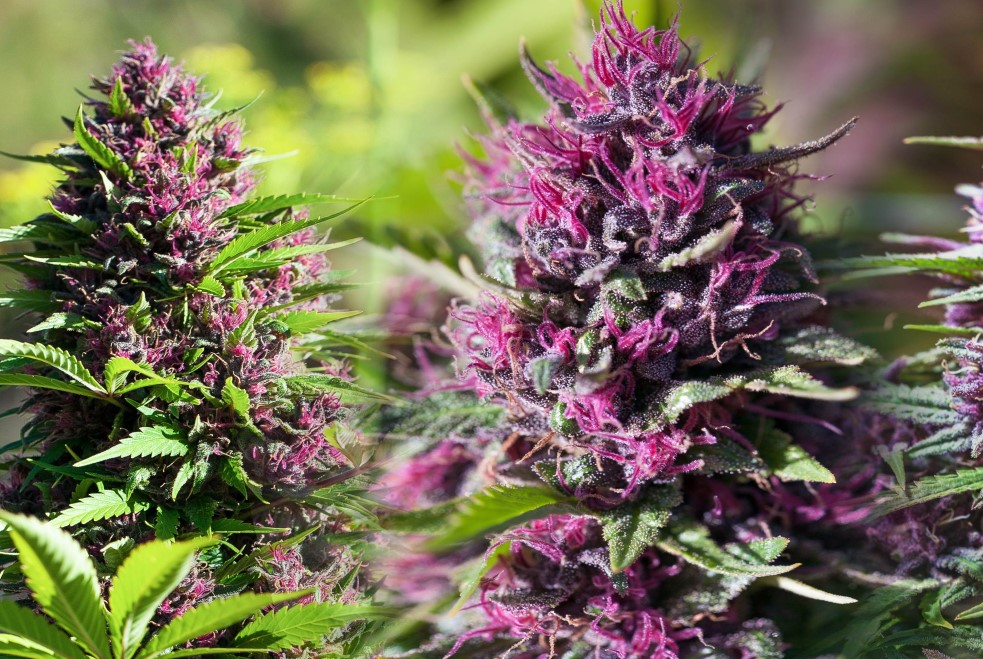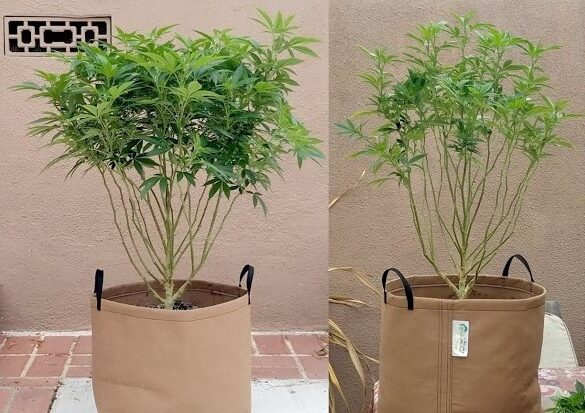What is Force Flowering?
Force flowering is a cultivation technique used to induce cannabis plants to flower outside their natural growing season by manipulating their light exposure. This method leverages the plant’s natural response to changes in light duration to trigger flowering, allowing growers to harvest crops at specific times of the year.
In outdoor settings, cannabis plants typically rely on natural light cycles to transition from the vegetative stage to the flowering stage. Force flowering involves artificially shortening the light period during the plant’s growth cycle to mimic the seasonal changes that occur as summer shifts to fall. By doing so, growers can control the timing of the flowering stage, which can lead to increased yields, improved quality, and better management of harvest schedules.
This technique is especially valuable for outdoor growers seeking to extend their growing season or achieve multiple harvests in a single year. Understanding the principles behind force flowering and implementing effective light deprivation strategies can significantly enhance the productivity and flexibility of cannabis cultivation.
The Basics of Light Deprivation
How It Works
Light deprivation, also known as light-proofing, involves controlling the amount of light cannabis plants receive to manipulate their growth stages. Cannabis plants are sensitive to light cycles, with their flowering triggered by a reduction in light exposure. In nature, this corresponds to the shortening days of late summer and fall. By simulating these conditions, growers can force plants to enter the flowering stage earlier than they would under natural light conditions.
The basic principle of light deprivation is to create a controlled environment where light is restricted during the critical period. This is typically achieved by covering plants with a light-proof tarp or shelter to block out light during the dark cycle. The standard approach is to provide 12 hours of darkness and 12 hours of light each day to induce flowering, mimicking the conditions of late summer when days are getting shorter.
Key Benefits
- Extended Growing Season: By forcing plants to flower outside their natural season, growers can start new crops in the spring and harvest before the onset of winter, or even achieve multiple harvests within a year.
- Improved Yield and Quality: Light deprivation can lead to larger yields and more uniform plants, as it allows for precise control over flowering times, which can improve overall plant health and bud quality.
- Control Over Harvest Timing: Growers can manipulate the flowering schedule to align with market demand or personal preference, ensuring that crops are ready at the optimal time for harvest.
By understanding and applying these basic concepts, growers can effectively use light deprivation to optimize their cultivation practices and achieve their desired outcomes.
Setting Up for Force Flowering
Required Materials
To implement light deprivation effectively, you’ll need a few key materials:
- Light-Proof Coverings: These can be tarps, blackout cloths, or specially designed light-deprivation greenhouses. The material should completely block out light to ensure the darkness period is uninterrupted.
- Support Structure: Frames or supports to hold the light-proof coverings in place. This can include PVC pipes, metal poles, or other sturdy materials.
- Timers: To automate light and dark cycles if using artificial lighting in addition to natural light. Timers help maintain consistent light deprivation schedules.
- Ventilation Equipment: Proper ventilation is crucial to ensure that the environment inside the cover remains healthy for plant growth. This might include fans or ventilation ducts.
- Light Deprivation Greenhouse (Optional): Specialized greenhouses designed for light deprivation can simplify the process, integrating both light control and environmental management features.
Building the Force Flowering System
- Select a Location: Choose an outdoor area with sufficient space and a stable foundation for your light-deprivation setup. Ensure the site is secure from wind and wildlife.
- Construct the Support Structure: Set up the frame or supports where the light-proof coverings will be attached. Make sure the structure is sturdy enough to withstand environmental conditions.
- Install Light-Proof Coverings: Attach the light-proof coverings to the frame, ensuring there are no gaps or openings where light can penetrate. The goal is to create a completely dark environment during the designated dark periods.
- Set Up Ventilation: Install ventilation equipment to maintain airflow and temperature control inside the covered area. Proper ventilation helps prevent issues such as mold and heat stress.
- Test the System: Before introducing plants, test the system to ensure it effectively blocks out light and maintains appropriate conditions. Adjust as necessary to address any issues.
By carefully selecting materials and constructing a well-designed system, you can create an effective light-deprivation setup that enhances your cannabis cultivation efforts.
Managing the Force Flowering Process
Timing and Adjustments
To effectively manage light deprivation, precise timing is crucial. The typical schedule involves providing 12 hours of uninterrupted darkness followed by 12 hours of light. Here’s how to manage it:
- Initial Setup: Start the light deprivation process by ensuring plants are exposed to the appropriate light and dark periods from the beginning. Consistency is key, as any interruptions in the dark period can delay or disrupt flowering.
- Monitor Light Cycles: Use timers and automated systems to maintain the light and dark cycles. Regularly check that the timers are functioning correctly and that there are no leaks in the light-proof coverings.
- Adjust as Needed: Be prepared to make adjustments based on plant responses and environmental conditions. For example, if plants show signs of stress or if you encounter light leaks, address these issues promptly to maintain the integrity of the light cycles.
Common Issues with Force Flowering
- Light Leaks: Even small amounts of light can disrupt the flowering process. Ensure that all seams, edges, and any potential gaps in your light-proof covering are secure. Regularly inspect the setup to catch any light leaks early.
- Temperature and Humidity: Light deprivation can impact temperature and humidity levels inside the covered area. Use ventilation systems and climate control measures to keep conditions optimal for plant health. Monitor temperature and humidity regularly to prevent issues such as mold or heat stress.
- Plant Health: Keep an eye on plant health throughout the process. Look out for signs of stress, such as wilting, discoloration, or slow growth, which could indicate problems with the light deprivation setup or environmental conditions.
By closely managing the timing, addressing common issues, and making necessary adjustments, you can effectively use light deprivation to control the flowering cycle and optimize your cannabis cultivation.
Harvesting
When and How to Harvest
Determining the Right Time
Timing your harvest is critical to achieving the best quality and yield. Cannabis plants should be harvested at their peak maturity, which varies depending on the strain and desired effects. Key indicators that it’s time to harvest include:
- Trichome Color: Examine the trichomes (tiny resin glands on the buds) under a magnifying glass or microscope. They should transition from clear to milky white and finally to an amber color. Harvesting when most trichomes are milky with some amber provides a balanced effect, while more amber trichomes will yield a more sedative experience.
- Pistil Color: Check the pistils (hair-like structures on the buds). As the plant matures, pistils change from white to orange or brown. When about 70-80% of the pistils have darkened, it’s generally a good time to harvest.
- Overall Plant Condition: Ensure the plant’s overall health and condition are optimal. The leaves should be mostly green and healthy, and the buds should be firm and dense.
Harvesting Techniques
- Prepare Your Tools: Gather clean, sharp pruning shears or scissors, gloves, and containers for collecting the harvested buds. Sanitizing your tools helps prevent contamination.
- Cutting the Plants: Carefully cut the branches from the plant, starting with the larger ones. Handle the branches gently to avoid damaging the buds. If you prefer, you can also cut the entire plant at the base.
- Trimming: Trim excess leaves and small stems from the buds. This can be done either before or after drying, depending on your preference. Wet trimming (trimming before drying) is common for a cleaner appearance, while dry trimming (trimming after drying) may be easier for detailed work.
- Drying and Curing: Hang the trimmed branches in a dark, well-ventilated area with low humidity and a temperature of around 60-70°F (15-21°C). Allow the buds to dry for about 7-14 days, or until they feel dry to the touch and the stems snap rather than bend. Once dried, cure the buds in airtight jars, opening them periodically to release moisture and allow for an even cure. This process can enhance flavor and potency.
By timing your harvest correctly and using proper techniques, you can maximize the quality and yield of your cannabis crop, ensuring a successful and satisfying end to your cultivation efforts.
Conclusion and Further Reading
Summary and Tips
Light deprivation is a powerful technique for controlling the flowering cycle of cannabis plants, allowing growers to manipulate harvest times and potentially improve yields. By creating a controlled environment where light exposure is limited, you can effectively induce flowering outside of the natural season, extending the growing period and optimizing the harvest schedule.
Key points to remember include:
- Consistent Light Cycles: Maintain a strict 12/12 light-dark cycle to ensure successful flowering. Any interruptions can affect the plant’s development.
- Monitor and Adjust: Regularly check for light leaks, manage temperature and humidity, and address any signs of plant stress.
- Harvest Timing: Pay attention to trichome and pistil color to determine the optimal harvest time for the best quality and effects.
By following these guidelines, you can harness the benefits of light deprivation to enhance your cannabis cultivation efforts and achieve your desired outcomes.
Further Reading
For more in-depth information and additional resources on light deprivation and cannabis cultivation, consider exploring the following:
- Books:
- Research Papers and Journals:
- Explore academic research on light deprivation and cannabis plant physiology for a deeper understanding of the science behind the technique.
These resources will provide additional insights and help you refine your light deprivation practices, ensuring continued success in your cultivation endeavors.
10 Tips for Growing Autoflower Weed Seeds
Autoflower weed seeds are the hot thing in the global cannabis seed industry. In the last decade, their use has…
10 Tips to Grow Giant Cannabis Plants
As cannabis cultivation becomes increasingly popular, growers are constantly looking for ways to push the limits and grow the biggest,…
12-12 FROM SEED: GUIDE TO FAST CANNABIS HARVEST
Are you ready to challenge the traditional rules of cannabis growing? In the world of cultivation, there is a sacred…
5 Best Autoflower Strains to Grow in 2022
The Top 5 Autoflowering Seeds in 2022 Easiest to grow – White Widow Chill, relaxing auto strain – Blueberry Unwind after work –…
5 Best Purps Weed Strains
Marijuana is a plant that is commonly green in color, but some strains can take on a unique purple appearance….
A Guide to Defoliating Autoflowers
Not so long ago, people thought autoflowering cannabis was more fragile and potentially lower-yielding than regular cannabis strains. The usual…

